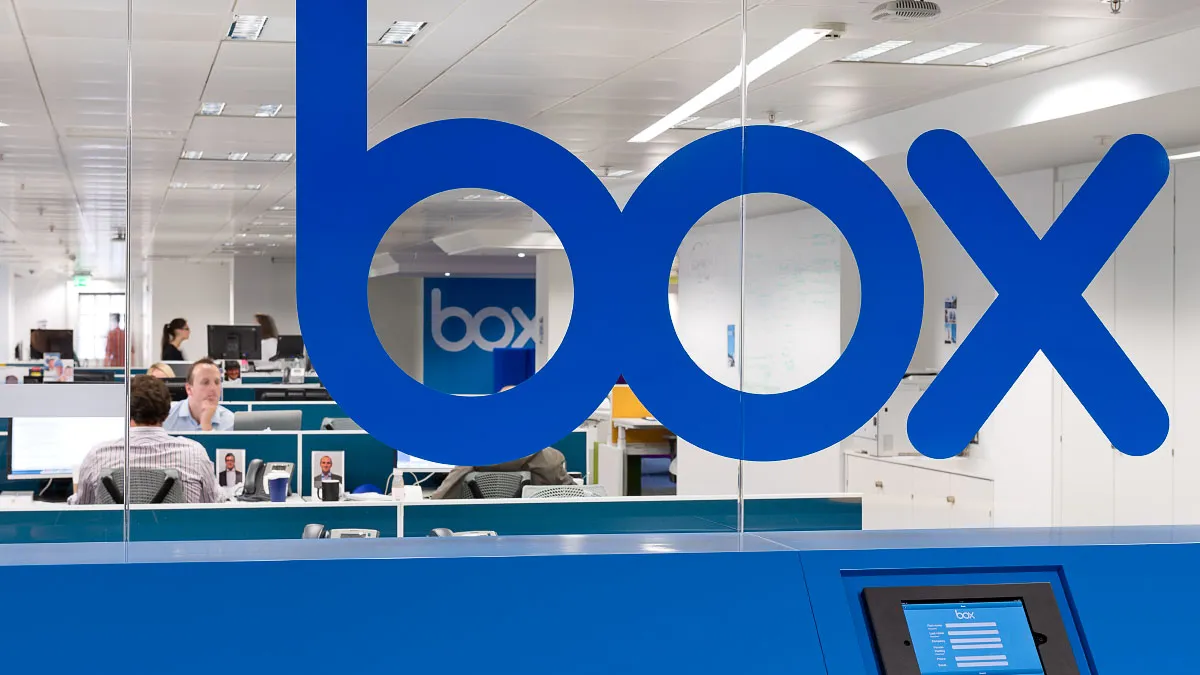The hype cycle aside, the technology industry has become quite obsessed with the possibilities artificial intelligence has to offer. Visions of an automated society drive optimism and fear as experts reflect on the future of AI.
While the idea of incorporating machine learning technology into back-end systems is appealing, for many it's not attainable.
"We're at this point now where you have the vast majority of the world's economy and businesses that are still in on premises systems, running in very legacy ways," said Aaron Levie, CEO of Box. But the industry is on the verge of a "tectonic" shift, where work is set to become more real-time and dynamic.
In response, vendors have worked to democratize AI and ML, incorporating it into platforms for customers' ease of use while making some manual processes automatic.
Box is an example of this, lowering the machine learning bar for entry by introducing image recognition technology on its platform. Last month, Box announced the incorporation of Google Cloud Vision technology, which uses machine learning image recognition technology to catalogue images into different categories.
The injection of computing intelligence directly reflects the changing nature of many sectors. From retailers to CPGs to insurance companies, more organizations are hosting images. If left unstructured, the data can become an organizational nightmare.
Box, which has made a name for itself helping businesses manage content, is incorporating image recognition technology to automatically detect and index parts of uploaded images as metadata. The technology makes image classification and organization automatic, saving organizations time and freeing up resources dedicated to manual processes.
The company's machine learning technology also serves as an attainable example of machine learning in action. For many enterprises, it's a lot to expect an organization to simply implement AI and ML, particularly with many organizations concerned about enterprise basics, such as cloud migrations or cybersecurity improvements.
Instead, vendors serve as a buffer or intermediary to advancements happening in AI and ML. While adapting to customer needs, vendors are making advanced technology attainable.
AI’s learning curve
The tech industry is quick to get ahead of itself, especially with visions of near-sentient technology on the horizon.
While it has quickly become apparent that the industry can get close to more advanced machine intelligence — if not full AI eventually — "we kind of leapt straight toward what are all the vast implications for this technology," Levie said.
"Naturally our imagination is sort of going to some of the most extreme and exciting use cases but that obviously, in some cases, overshot where the actual kind of potential of the technology is," he said. "But I think that's a very natural thing in the technology industry."
Joke's about Elon Musk’s AI fears aside, the rapid addition of advanced computing into the technology sector has also highlighted the limitations companies are facing.
For example, when Box launched in 2005, the company couldn't imagine a world where "anything other than 100% of all computing would be in the cloud by 2008," Levie said. It seemed like the most economical and obvious way to scale computing. But 12 years later, enterprises are still in the early stages of cloud evolution.
Levie said it is a minimum of five to 10 years before pragmatic use cases of AI start to emerge in businesses.
Each industry will have applied use cases that are going to improve productivity, performance and efficiency in the sector, he said. In turn, that will reshape the customer experience.
Take the healthcare sector, for example. With the introduction of AI, the healthcare industry could look across large data sets of patients, working to improve their experience while helping to aide in the discovery of new diseases and cures.
Though many organizations could stall the impending shift to the cloud, the potential for AI technology acts as yet another motivator for companies to make the migration.
"We've had all of these reasons for moving to the cloud over the past decade or so, and I think the final nail in the coffin for any kind of on-premises environment is going to be AI," Levie said.














